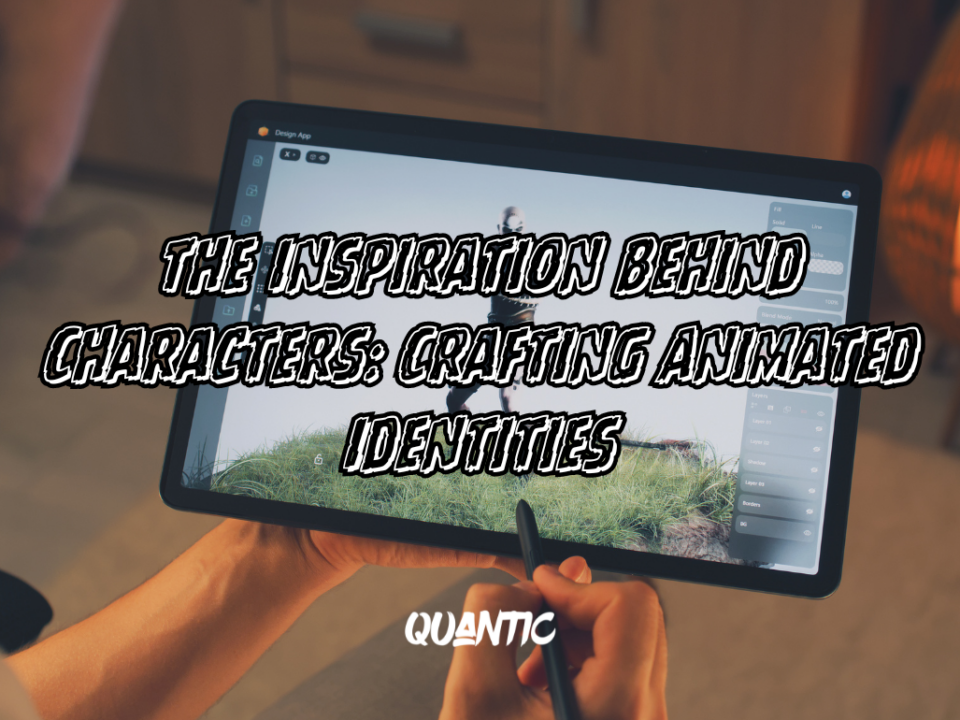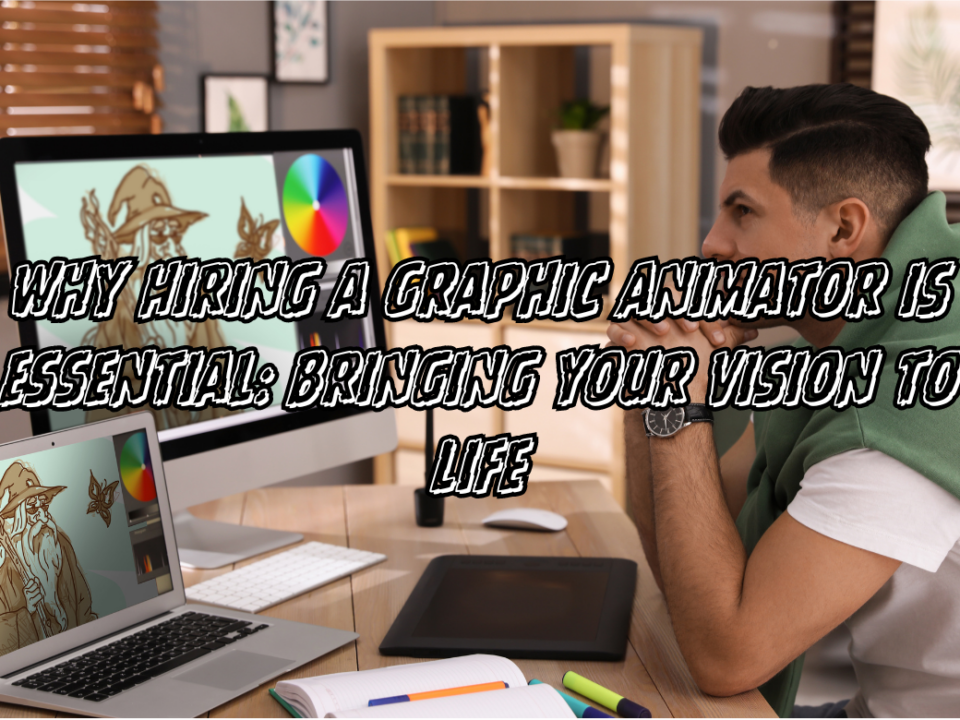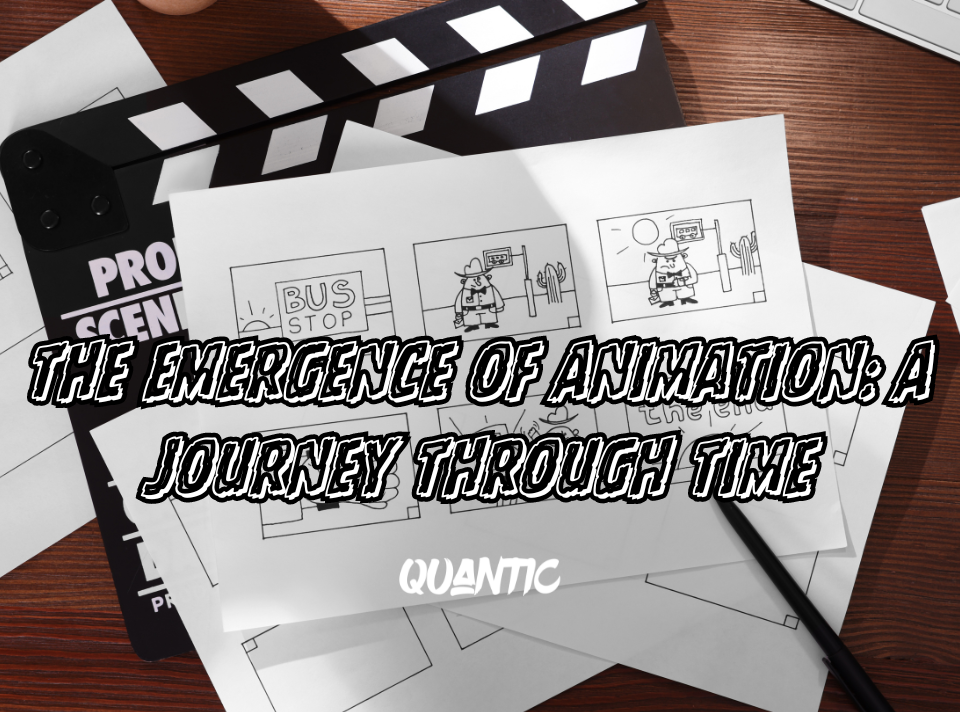
Artificial intelligence in animation
June 13, 2023
Best animated short films of all time
July 12, 2023Animation is an incredibly powerful medium for storytelling. By combining moving images, music, sound effects, and dialogue, animators have the unique ability to create imaginary worlds and captivating characters that can touch the hearts of audiences of all ages. At the heart of animation lies the art of visual storytelling, a fundamental skill that allows animators to effectively and engagingly tell stories.
Visual Narrative in Animation
Visual narrative in animation refers to the way stories are communicated through moving images. It is the process of taking an idea or concept and bringing it to life through carefully crafted animation sequences. By mastering the techniques of visual narrative, animators can create impactful and memorable cinematic experiences.
Key Elements of Visual Narrative
First and foremost, it is essential to understand the basic elements of visual narrative. One key element is composition, which refers to how visual elements are arranged on the screen. Well-thought-out composition can guide the viewer’s attention and set the tone and atmosphere of the story. Framing is also important as it defines the size and position of elements within the frame, affecting how the scene is perceived.
Another crucial aspect of visual narrative is the use of color. Colors can convey emotions and establish the mood of a scene. For example, warm tones like red and orange can evoke warmth and passion, while cool tones like blue and green can convey sadness or tranquility. The choice of colors can also help differentiate between characters and environments, adding depth and dimension to the narrative.
In addition to composition and color, movement is an essential component in 3D animation. The movement of character design and objects on the screen can reveal their personality, emotions, and actions. The rhythm and fluidity of movement are crucial in creating a coherent and compelling visual narrative. Animators can use different animation techniques such as anticipation, overlap, and exaggeration to add dynamism and expressiveness to their creations.
The selection of shots is also a vital tool in the visual narrative of animation. Close-up shots can focus attention on characters’ emotions and facial expressions, while wide shots can highlight action and the environment. Changes in shots can generate tension, surprise, or excitement, allowing animators to manipulate the narrative and guide the viewer’s experience.
Character Development
Character development is an important element in creating a solid visual narrative. Animators must pay attention to the details and subtleties of characters, such as their facial expressions, gestures, and movements, to convey their emotions and motivations authentically. By bringing characters to life, animators can generate empathy and emotional connection with the audience, enriching the narrative experience.
Creativity and Imagination
In addition to the technical aspects, visual narrative in animation also relies on creativity and imagination. Animators have the freedom to explore fantastical worlds, magical creatures, and impossible events on the screen. This creative freedom allows for the transmission of profound messages and themes in a unique and visually appealing way.
Applications of Visual Narrative in Animation
Visual narrative in animation is not limited to animated films and series. It is also used in advertising, video games, and online content creation. In advertising, 2D animation is used to tell stories that capture the viewer’s attention and effectively convey messages in a short period of time. In video games, visual narrative guides the player through the story and creates an immersive experience. In the realm of online content, animators use visual narrative to communicate information concisely and entertainingly, capturing the audience’s attention in a digitally crowded world.
In conclusion, animation is a powerful tool for storytelling. Through the combination of visual elements, movement, and character development, animators can create captivating narratives that resonate with audiences. The art of visual narrative in animation requires a mastery of composition, color, movement, and shot selection, as well as the creative imagination to bring stories to life. Whether in films, advertising, video games, or online content, visual narrative in animation continues to captivate and engage audiences worldwide.




